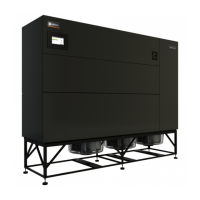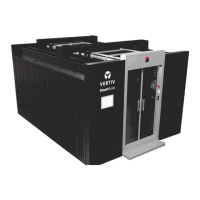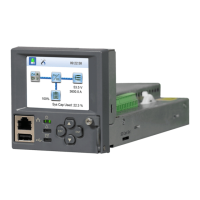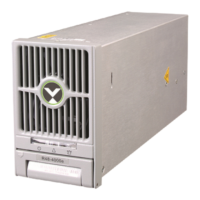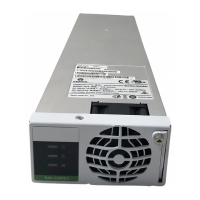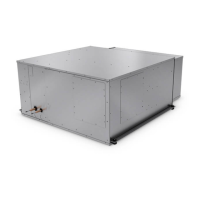3.1.3 Temperature Control—TemperatureSetpointsandCooling Operation
Temperature control refers to the cooling unit’s response to programmed setpoints and sensed room/load conditions.
Temperature control is closely-tied to the primary cooling source. Liebert® Thermal management units employ several types
of primary cooling sources:
Compressor Operation
Vertiv™ Liebert® iCOM™ controls the cooling units based on a calculated need for cooling (and heating, if included on your
system). The requirement is expressed as a percentage and is calculated using the selected temperature control type.
Temperature Proportional Band
Use the proportional and deadband parameters to control how your cooling unit(s) respond based on the calculated need for
cooling (or heating). Figure 3.1 below , illustrates temperature control using:
• 70° setpoint
• 10° proportional band
• No deadband
The proportional band is divided evenly on each side of the setpoint:
• 0% cooling capacity is required at 70°.
• As the air temperature increases, cooling also increases along the proportional band.
• Ifthe air temperature reaches 75°, the system operates at 100% cooling capacity.
• If air temperature rises to the end of the proportional band or further, the system operates at 100% capacity to
bring the temperature down to the setpoint.
• If your unit includes reheat, the heating capacity operates in the same way as the air temperature falls below the
setpoint. See Reheat Control on page61 .
Figure 3.1 Temperature Control without a Deadband
No. Description
1 ½ of proportional band.
2 ½ of proportional band.
3 Service Operation
27
Vertiv™ Liebert® iCOM™Installer/User Guide

